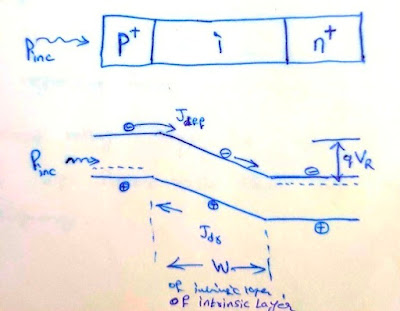The microscopic theory put forward by Bardeen, Cooper and Schreiffer (BCS), in 1957 provides the better quantum explanation of superconductivity and explains well all the properties exhibited by superconductors.
The basis of formulation of BCS theory are two experimental conclusions namely the isotope effect and variation of specific heat of superconductors.
For isotope effect Tc M^1/2 = constant, one can infer that transition resulting in superconducting state must involve dynamics of ion motions, lattice vibrations and Phonons.
Further we note that Tc attains a value zero when 'M' approaches infinity. This all suggests that the non zero transition temperature is a consequence of finite mass of ions which can contribute Phonons by their vibrations.
Bardeen pointed out that an electron moving through a crystal lattice has a self energy accompanied by virtual Phonons. This means that an electron moving through crystal lattice distorts the lattice and lattice in turn acts on electron by virtue of electrostatic forces between them. The oscillatory distortion of lattice is quantized in terms of Phonons and so one can interpret the interaction between lattice and electron as constant emission and re-absorption of Phonon by latter. These are called virtual Phonons.
BCS showed that basic interaction responsible for responsible for superconductivity appears to be that of a pair of electrons by means of interchange of virtual Phonons.
Suppose an electron approaches a positive ion core . It suffers attractive Coulomb interaction. Due to this attraction ion core is set in motion and consequently distorts the lattice.
Smaller the mass of positive ion core, the greater will be the distortion. Suppose towards that site another electron comes and sees this distorted lattice. Then the interaction between the two, the electron and distorted lattice occurs which in its effect lowers the energy of second electron.
Thus, we interpret that the two electrons interact via the lattice distortion or the Phonon field resulting in lowering of energy for electrons.
The lowering of electron energy implies that force between two electrons is attractive. This type of interaction is called electron-lattice-electron interaction. This interaction is strongest when two electrons have equal and opposite momenta and spins.
Since the oscillator distortion of Lattice is quantized in terms of Phonons, the above interaction can be interpreted as electron-electron interaction through Phonon as mediator.
Let an electron of wave vector K1 emits a virtual phonon 'q' which is absorbed by an electron with wave vector K2. K1 is thus scattered as K1-q and K2+q.
The nature of resulting electron-electron interaction depends on relative magnitudes of electronic energy and phonon energy. If the phonon energy exceeds electronic energy, the interaction is attractive.
When such interaction occurs by phonon exchange by dominating usual repulsive interaction, two such electrons from a pair called as Cooper pair.
The energy of pair of electrons in bound state is less than energy pair in free state. The difference in energy of two states is binding energy of cooper pair.
The energy difference between free state of electron and paired state appears as energy gap at Fermi surface. The normal electron states are above the energy gap and superconducting electron states are below the energy gap at Fermi surface.





